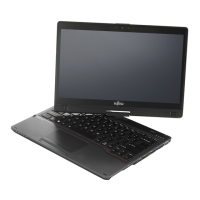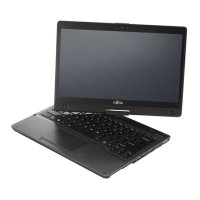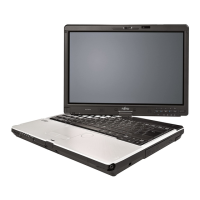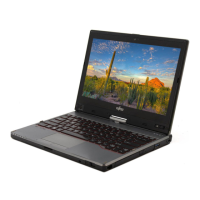What to do if my Fujitsu LIFEBOOK T939 cannot be started?
- WWayne RossAug 17, 2025
If your Fujitsu Laptop cannot be started, ensure the battery is correctly installed in its compartment. Also, check if the battery is dead and needs charging, or connect the laptop to the mains adapter. Verify that the power adapter is properly connected to the notebook.










